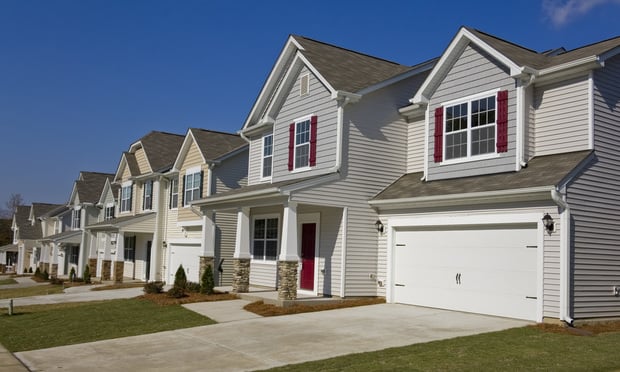Statistics show there is a decrease in younger urban residents than years prior, with many leaving in pursuit of affordable housing, better schools.
According to the US Census Bureau, a handful of US cities (including NY, Chicago, Houston, SF, Las Vegas, and DC) lost tens of thousands of Millennial and younger Gen X residents last year. Cities with more than 500,000 people collectively lost 27,000 residents age 25 to 39 in 2018, a noticeable population decline for the fourth consecutive year.
Recommended For You
Want to continue reading?
Become a Free ALM Digital Reader.
Once you are an ALM Digital Member, you’ll receive:
- Breaking commercial real estate news and analysis, on-site and via our newsletters and custom alerts
- Educational webcasts, white papers, and ebooks from industry thought leaders
- Critical coverage of the property casualty insurance and financial advisory markets on our other ALM sites, PropertyCasualty360 and ThinkAdvisor
Already have an account? Sign In Now
*May exclude premium content© 2025 ALM Global, LLC, All Rights Reserved. Request academic re-use from www.copyright.com. All other uses, submit a request to [email protected]. For more information visit Asset & Logo Licensing.









